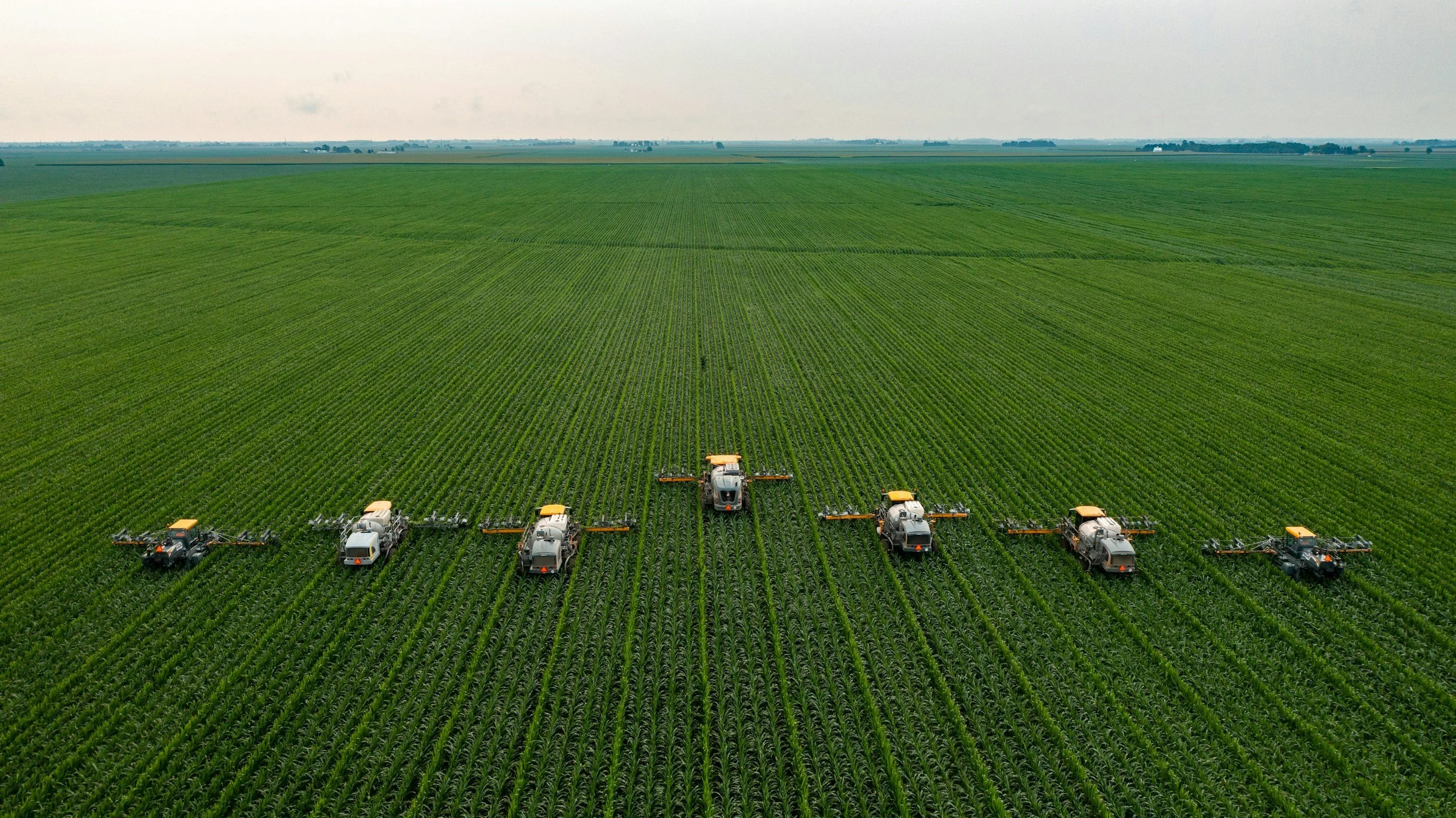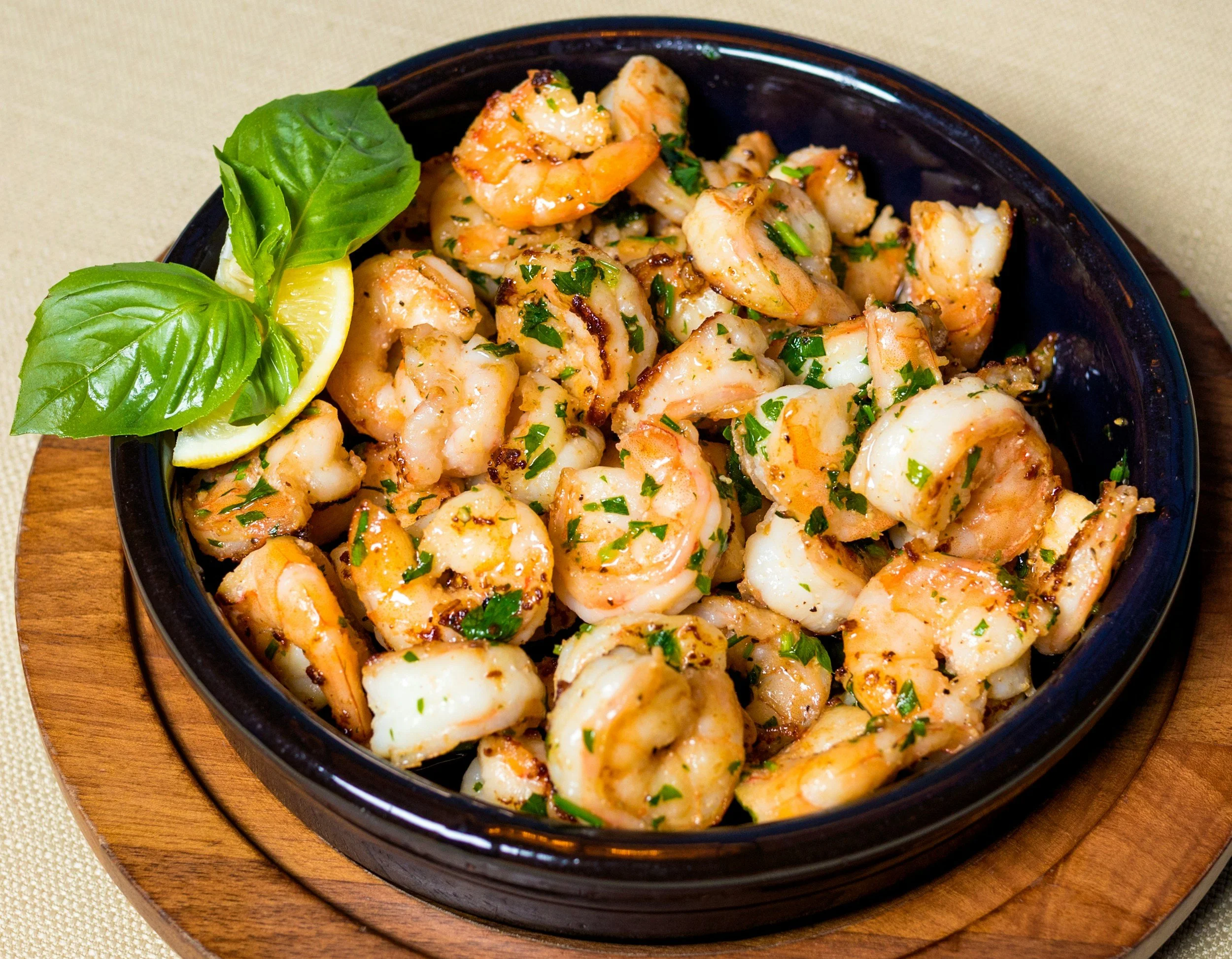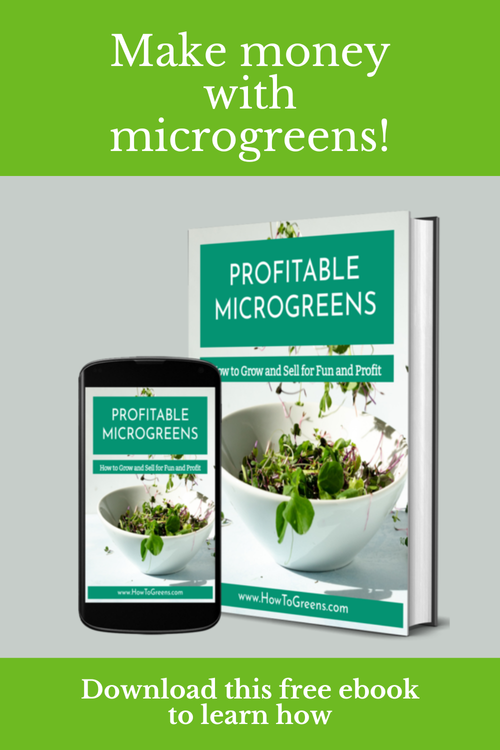Seed Catalogs and Garden Journals: Your Keys to a Productive Harvest
/Did you know that winter is a perfect time to begin planning your garden? A healthy, thriving garden begins with a good plan of action. While the ground may be resting, your preparations right now can set the stage for a productive and thriving garden this spring. Being able to achieve an abundant harvest needs a well-thought-out plan. Two tools stand out as must-have essentials for every gardener who wants to be able to enjoy fresh-picked produce from early in the growing season until its end: seed catalogs and garden journals.
These two resources aren’t just for experienced gardeners—they’re valuable whether you’re starting your first garden or fine-tuning a plot you’ve tended for years. Seed catalogs provide the inspiration and knowledge you need to select the best crops for your space, while a garden journal keeps you organized and intentional throughout the growing season. Together, they form the backbone of a successful garden strategy.
In this post, we’ll share information about how to use seed catalogs and garden journals to their fullest potential. With these tools in hand, you’ll be ready to design your dream garden, maximize productivity, and achieve a harvest earlier than you may have thought possible!
Seed Catalogs: Advantages, Availability, and Choices
There are many advantages to using seed catalogs over waiting for seed packets or seedlings to become available in your local nursery. Aside from enabling you to envision the layout of your garden well before you begin planting, they offer a much wider variety of options than you’ll find available in your local stores. Buying from a reputable grower also ensures that you’ll be getting quality seeds, and most catalogs provide detailed information on the seeds available, including whether they are non-GMO, heirloom, open-pollinated, or resistant to pests or specific diseases. They also may contain basic information on planting and harvesting times.
New seed catalogs for the upcoming new year typically become available in December of the previous year. While you can sometimes order catalogs throughout the year, it’s best to order them between December and February, since some seeds may become unavailable for purchase once the seed sowing season picks up around February or March. You can also get online catalogs from many seed suppliers: these are available at any time of the year.
Choosing the Right Seed Catalog
Choosing a seed catalog isn’t hard, but it’s important to consider your garden goals and growing conditions in your region. Start by looking up your USDA growing zone (if you don’t already know it) to ensure the seeds you choose are well-suited to your climate. Also consider whether you’re in the A or B sector for that zone, as sometimes climate conditions can vary considerably depending on that sub-zone. Look for catalogs that offer diverse varieties of each crop, and look for plants that meet your specific needs you may be aiming for early harvests, disease resistance, or unique heirloom crops. For eco-conscious gardeners, you may want to prioritize catalogs that feature organic or non-GMO options. To simplify the process, you can begin by identifying your top gardening priorities—like a specific crop type or seasonal focus—and limit your choices to catalogs that cater to those needs. A little focused planning now can save you time and ensure a more productive gardening season later.
Leveraging Seed Catalogs for Success
In addition to researching the best varieties of your desired crops and ensuring that they will grow well in your climate, you can use seed catalogs to plan the timing of your sowing and harvesting. Some catalogs contain planting guides to help you with this; alternatively, a garden journal will help you plan out your planting calendar, so that you can start seeds as early as possible, know when to transplant them outdoors (or in your greenhouse), and understand the right time to harvest them. A garden journal can also help you plan successive plantings, so that you can keep sowing and harvesting crops as long as possible in accordance with the growing and weather conditions in your zone.
The Power of a Garden Journal
A garden journal is a tool that helps you plan, record, and reflect on your gardening activities. I always like to think of gardening as an ongoing journey with many unexpected twists and turns along the way. In other words, most beginner gardeners don’t have success with everything they plant the first time around, and even experienced gardeners make mistakes or have crops fail because of weather conditions or problems with pests or diseases. Using a garden journal allows you to see progress and setbacks, successes and failures, and helps you understand what worked and where you may need to change or modify your techniques.
As with seed catalogs, these days a garden journal can come in different formats. It can be a physical or digital book, or you can purchase individual gardening pages if you don’t need everything that a full journal has to offer.
Key Features of a Garden Journal
There are many different gardening journals available these days, which you can purchase online or in bookstores or some nurseries or gardening supply stores. The choices are staggering and can feel overwhelming. So what should you look for in a gardening journal? First, it’s important to make a distinction between a book about gardening and a journal. In gardening books, the focus is on providing information and advice. The book may contain lines for note-taking within its chapters, but it is not a logbook that allows you to monitor and record the progress of your garden from year to year. A gardening journal is primarily for you to record information. It may contain some guidelines or informational charts, but the main purpose of a gardening journal is for you to write your own notes.
In my opinion, the best gardening journals enable you to record information for a number of years: a multi-year journal will contain several duplicates of key pages. Some key planning pages that most gardeners will find useful include sunlight trackers, which enable you to record the movement of the sun across your growing space, planting calendars, and plant care logs, and grids to help you visually plan out your garden and understand how much can be planted in your growing space. Other useful pages in a garden journal include watering and fertilizing schedules, pest management logs, and even expense trackers. Many journals also contain extra lines so that you can record your notes without restriction. Of course, purchasing digital downloads of the garden pages you need also allows you to print out as many copies of a chart as you need, and even share them with your fellow gardeners.
Benefits of Using a Garden Journal
Essentially, a garden journal can be a valuable tool for bringing structure and intention to your gardening efforts. When you keep detailed records, you improve ability to stay on top of important tasks like planting schedules, fertilizing, and pest management. A gardening journal also helps you learn from past successes and mistakes — did a particular crop thrive in your soil? Was a certain pest problem worse during a specific month or during specific weather conditions? Documenting these details allows you to refine your approach year after year. Keeping a gardening journal is also a great way to track seasonal changes and patterns in your garden. Recording weather trends, bloom times, and harvest dates can give you insights into your microclimate, helping you plan for better results in the future.
Combining Resources for Strategic Planning
Seed catalogs and garden journals are great tools on their own, but when used together, they create a powerful strategy for creating the garden of your dreams. By combining detailed information about plants from seed catalogs with the organization and insights of a garden journal, you can plan strategically, ensure an early harvest, and adapt your approach as the growing season unfolds.
Laying out your garden and rotating crops
Selecting seeds is more effective when you think about the layout of your garden. For example, if you only have space for a container garden on your porch or backyard deck, or a single raised bed to work with, it won’t make much sense to buy plants that are not well adapted for growing in containers, or ones that will grow large and overcrowd the other crops in your garden bed. You can achieve better results by using a seed catalog to understand how big your plants will get when fully grown, in conjunction with a planting grid to figure out where to plant them so that they’ll have ample room to spread their roots, have adequate air circulation, and avoid competition with nearby plants for water and nutrients.
Consulting a seed catalog for information about time from planting to harvest along with a succession planting chart can also give you better insights into how many harvests of a particular crop you can get in a single growing season. Pair this with notes in your garden journal on planting dates and seasonal changes, and you’ll have a clear roadmap for rotating crops, which generally should be done once per growing season.
In other words, you can use a seed catalog alongside a garden journal to make crop rotation planning easier and more effective. Your journal helps track where specific crops were planted in previous seasons, while the catalog provides guidance on selecting compatible crops that replenish soil nutrients or deter pests. This practice will ensure a healthy and balanced garden year after year.
Final Thoughts
Seed catalogs and garden journals are two of the most effective tools for creating a productive garden and achieving an early harvest. Seed catalogs inspire and inform your planting choices, offering a wealth of knowledge about crop varieties, growing conditions, and planting schedules. Meanwhile, garden journals bring organization and insight to your efforts, helping you plan strategically, track progress, and learn from past seasons. Together, they provide a powerful foundation for gardening success.
Whether you’re an experienced gardener or just starting out, incorporating these tools into your routine can make a significant difference in your results. By combining thoughtful planning with detailed record-keeping, you’ll not only save time and effort but also enjoy a more abundant and rewarding harvest.
If you’re ready to take your gardening to the next level, check out our garden journal, designed to help you stay organized and maximize your garden’s potential. Don’t forget to subscribe to my newsletter for more tips and access to our library of free resources, and finally, please share your favorite seed catalogs or gardening tools in the comments—I’d love to hear from you!
You may also be interested in…









































Have you been thinking about starting your very first food garden? You’re in good company. More people are starting to grow at least some of their own food. There are many reasons for it, but among them is a growing realization that gardening has physical and mental health benefits, and a desire to have access to fresh, organic food without having to spend a lot for it. Growing your own fruits, vegetables and herbs is one of the most satisfying ways to eat healthier, save money, and enjoy fresh air, sunshine, and moderate exercise while you’re at it.